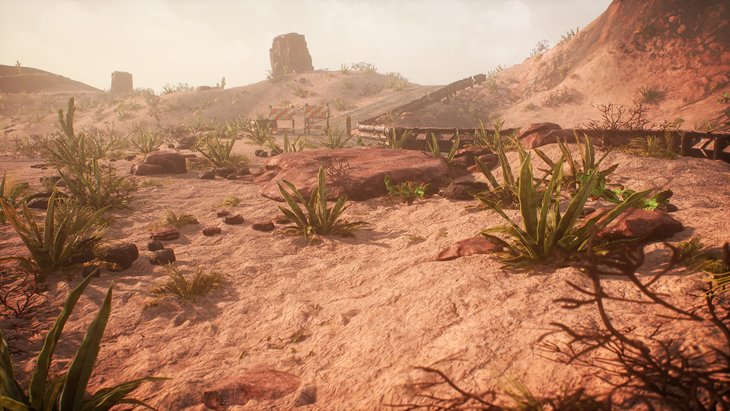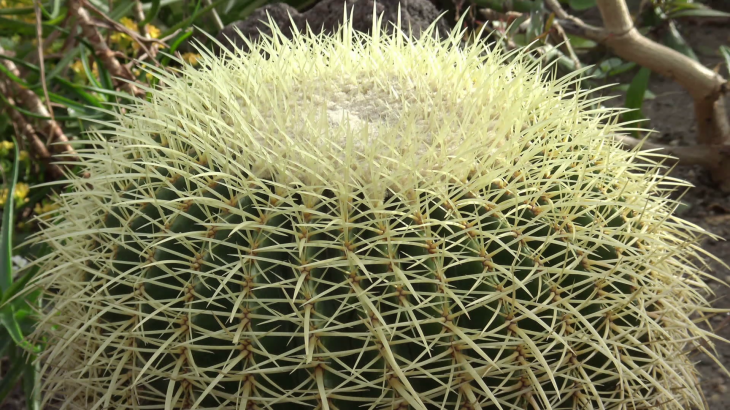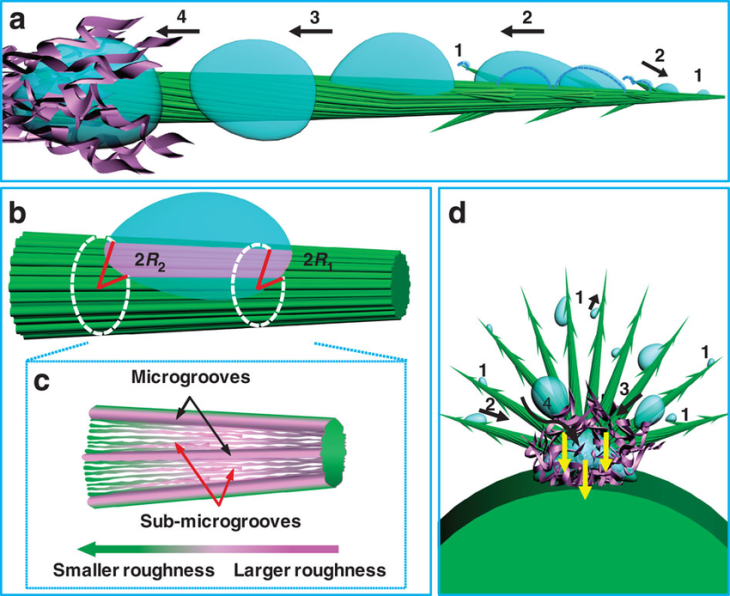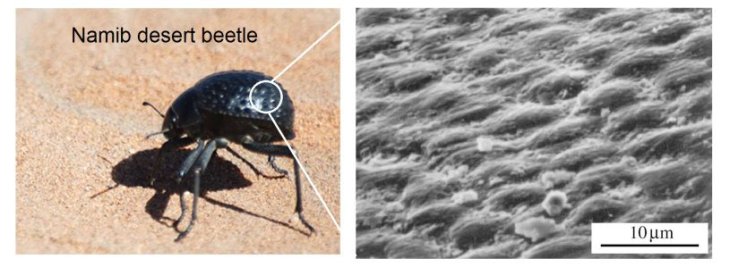Cacti-Inspired Tech Could Keep You Hydrated After the Apocalypse
Viswamitra Jayavant - Jan 16, 2019

A team of research has designed a device that could coalesce water vapour from local atmosphere into pure, drinkable water by appropriating designs from nature.
- German University Is Paying People Rs 140,000 For Doing Nothing
- Luxury Yet Extravagant Things Owned By Tech Billionaires
- This Map Tracks Coronavirus’ Spreading In Real-Time
If you’re like me and is wildly imaginative when it comes to thinking up impossible scenarios. Then you might have found yourself planning on what to do and how to survive in case an apocalypse hit the world. Movies often portrayed great tsunamis, rumbling, ground-shattering earthquakes or massive firestorms.
But let’s just say, for the sake of argument, you now find yourself stuck in the middle of a post-apocalyptic desert.

You have gone for two days without water and is quite literally dying for a couple drops.
Obviously, you’re not going to be able to find convenient water sources in this bleak, deadly alternate reality. Common sense says that you should just dig yourself an early grave and lie there until you die from thirst.
The solution for the Apocalypse
But a couple of researchers at the Ohio State University (OSU) thought otherwise. Recently, they had come up with the design of a handy device that could physically rip the water out of thin air and condensate them into a cup for you. So technically, if you were to have one of these in the last days of civilization. Then you’re set for a life of perpetual wandering and surviving.
The device’s design, published in the scientific journal Philosophical Transactions of the Royal Society, described that it had taken cues from one of the most enduring lifeforms on Earth: Cacti. Particularly, the researchers had derived their design from the most distinctive component of cacti’s morphology: Their spines.

Cacti’s spines, aside from its primary job as the main weapon and deterrence of the plant against would-be predators like curious and daring herbivores of the desert. Also acts as a wonderful condensation collecting mechanism. Even though deserts are not known as a place that has high precipitation (Quite the opposite), there is still humidity in the desert’s air.
In an ordinary day, the temperature can plummet from some scorching 30°C (54°F) in daylight, to subzero during the night. The water vapor existing in the atmosphere can turn into news and be collected by the spines of cacti. Dripping along the length to be absorbed into the plant itself through an ingenious, natural absorption mechanism. Or falling onto the parched soils to be collected by the great roots of the plant.

Adaptation
To understand how they do this, you must peer microscopically into the structure of the individual spines. Each spine has microscopic grooves and barbs peppered throughout their lengths. While the spines trap that can collect the coalesced droplets of pure water on the spine. The microgrooves act as channels to direct the droplets from the tips of the spines to their bases. Where trichomes - fine, absorbent hairs - will soak up the water and into the plants’ systems.

The researchers’ device reverses engineered this brilliant design in a fantastic display of biomimetics. By using 3D printers, the researchers etched the surface of their fog collecting device with grooves similar to those found on cacti’s spines. Scattered across the surface of the device are conical structures hoping to replicate the water collection ability of cacti spines’ barbs.
Cactus wasn’t the only subject that the researchers had appropriated designs from. Desert beetles, whose shells are water repellent allow fog droplets to collect through the night, then roll down into the creatures’ mouths upon daybreak. By coating the device in a heterogeneous material - some spots water absorbent, and some other water repellant - the fog collecting ability of the device is improved further.

Testing the device in a room containing a humidifier to simulate desert’s fog. The device is fine-tuned further. The researchers found out that the most optimized design for water collection is to combine a layer of heterogeneous material, with grooved cones angled at 45° angle.
Real-world Application
Now let’s forget about the hypothetical apocalypse for a moment and focus on the real world’s potential of this device. Worldwide, 2.4 billion people still lack access to clean water. And in dry countries and continents, notably Africa, clean water is still a luxury for a portion of the populace instead of the basic commodity as it should be.
“Water supply is a critically important issue, especially for people of the aridest parts of the world,” said Bharat Bhushan - one of the researchers involved in the project during a press release. “… we can help address the challenge of providing clean water to people around the globe, in as efficient a way as possible.”
The noble cause can yet to become a reality for now, as, for one, it is still in the lab phase. Furthermore, a price tag for the commercialized version of such a device is yet to be determined. However, with the aid of 3D printing, the potential of great affordability is possible for use in developing countries needing this invention the most.
Let’s just hope we can stock up enough of them by the time the end of the world kicks around.
Featured Stories

Features - Jul 01, 2025
What Are The Fastest Passenger Vehicles Ever Created?

Features - Jun 25, 2025
Japan Hydrogen Breakthrough: Scientists Crack the Clean Energy Code with...

ICT News - Jun 25, 2025
AI Intimidation Tactics: CEOs Turn Flawed Technology Into Employee Fear Machine

Review - Jun 25, 2025
Windows 11 Problems: Is Microsoft's "Best" OS Actually Getting Worse?

Features - Jun 22, 2025
Telegram Founder Pavel Durov Plans to Split $14 Billion Fortune Among 106 Children

ICT News - Jun 22, 2025
Neuralink Telepathy Chip Enables Quadriplegic Rob Greiner to Control Games with...

Features - Jun 21, 2025
This Over $100 Bottle Has Nothing But Fresh Air Inside

Features - Jun 18, 2025
Best Mobile VPN Apps for Gaming 2025: Complete Guide

Features - Jun 18, 2025
A Math Formula Tells Us How Long Everything Will Live

Features - Jun 16, 2025
Comments
Sort by Newest | Popular